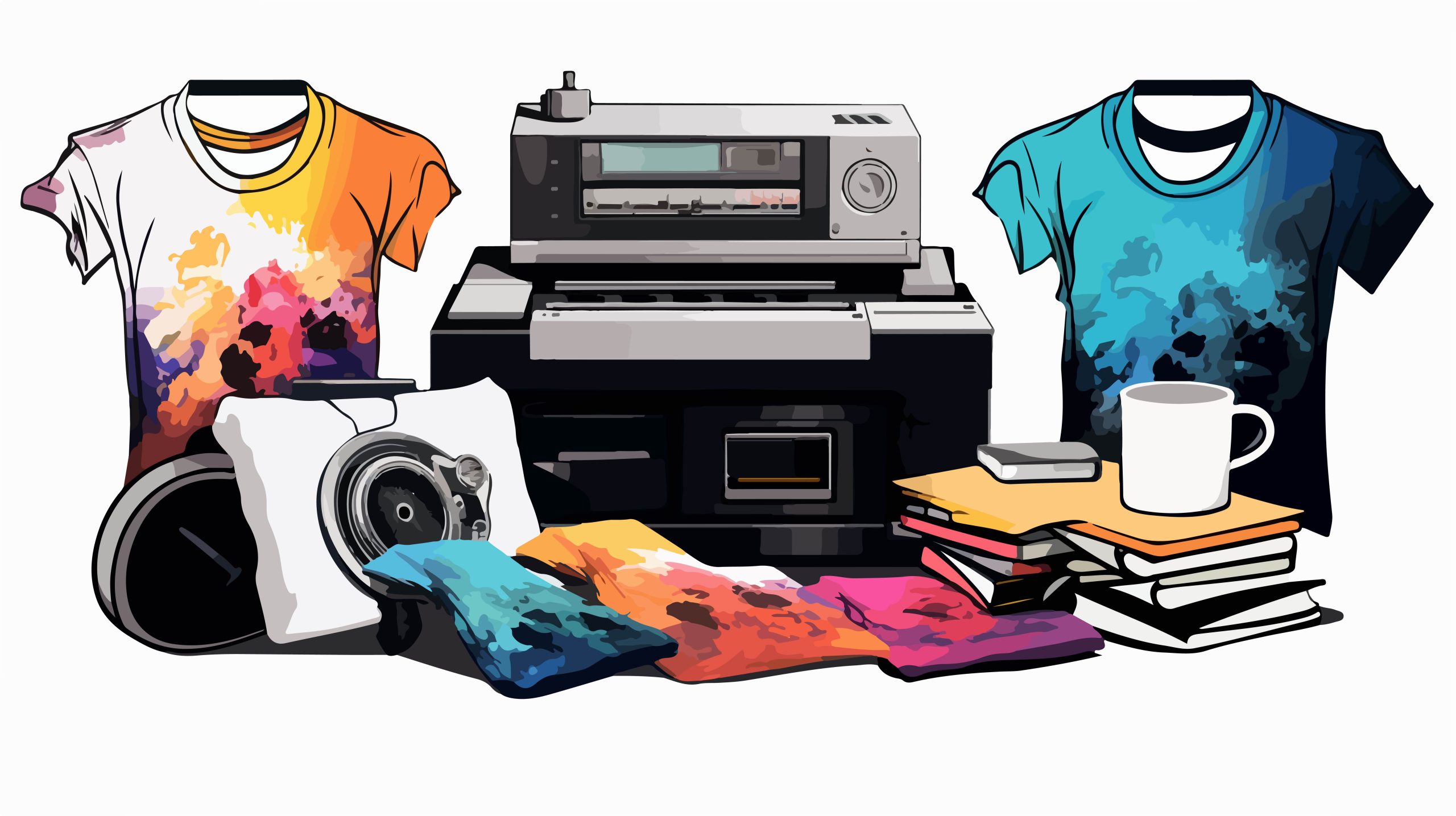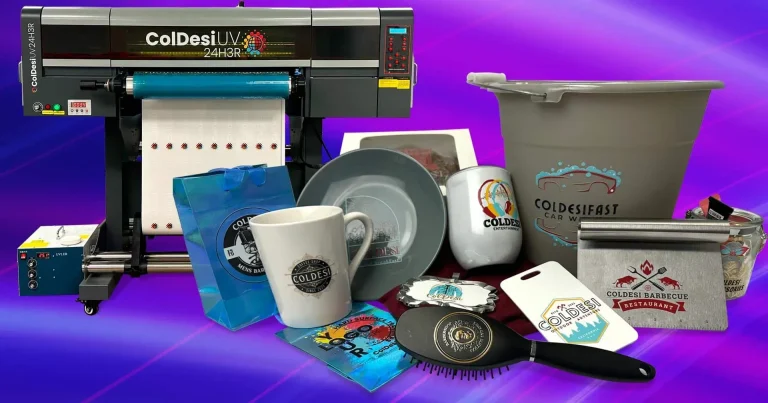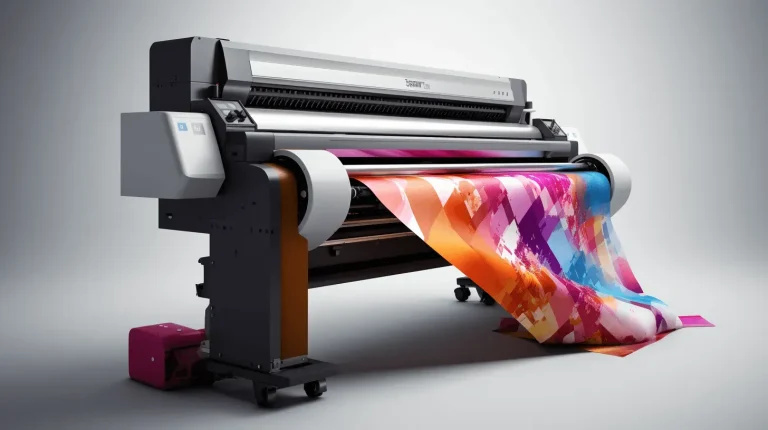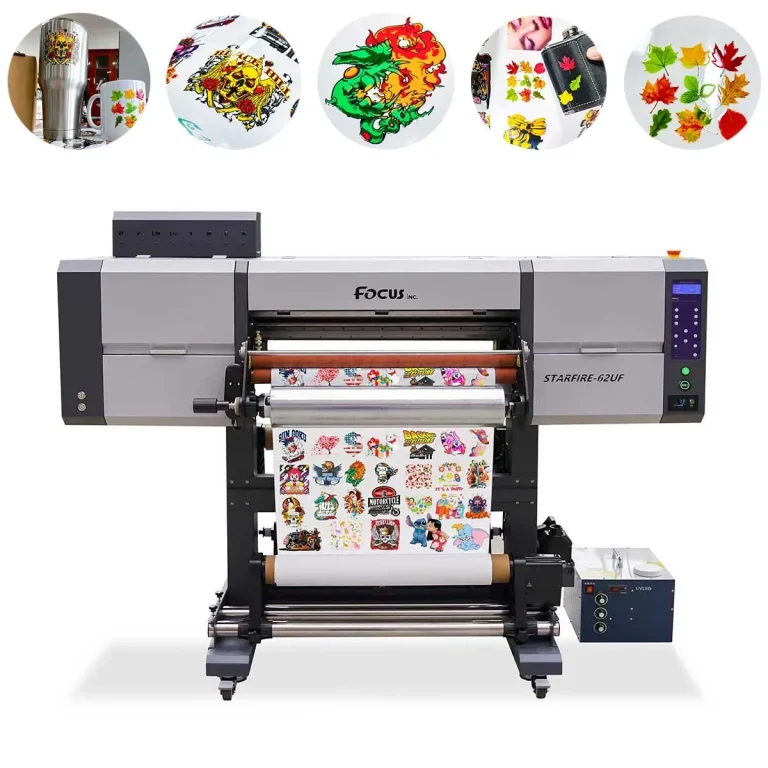UV DTF Gangheet: Techniques and Tips for Quality Prints
UV DTF Gangheet represents a significant evolution in printing technology, merging the best attributes of UV printing techniques with the efficiency of Direct to Film (DTF) printing. This innovative method captures stunning visuals on a variety of surfaces, making it the go-to choice for professionals seeking durability and vibrancy in their prints. By leveraging UV DTF technology, users can create intricate designs that cure instantly under ultraviolet light, ensuring enduring quality and detail. Furthermore, understanding the intricacies of printing surface preparation is crucial for achieving optimal results and enhancing adherence. Explore the unlimited possibilities that UV DTF printing offers, and dive into the techniques and tips necessary to elevate your printing projects to new heights.
Delving into the realm of UV Direct to Film printing, also known as DTF printing, offers a unique perspective on how print quality and durability can be achieved. This state-of-the-art methodology utilizes ultraviolet inks that cure quickly, providing an impressive finish on diverse materials such as textiles, glass, and plastics. As you consider alternative terms like alternative film printing techniques or UV inkjet applications, the underlying principles remain consistent: excellent surface preparation and careful ink selection lead to superior outcomes. This guide aims to demystify UV DTF technology, offering insightful tips that will foster your understanding and application of these cutting-edge printing practices.
Understanding UV DTF Gangheet: The Future of Printing
UV DTF Gangheet represents a groundbreaking advancement in the realm of printing technologies. This innovative method of Direct to Film printing leverages ultraviolet light to cure inks instantly, allowing for incredible precision and vibrant color reproduction. Unlike traditional printing techniques that often struggle with adhesion and durability, UV DTF printing ensures that graphics adhere firmly to a variety of surfaces, making it a versatile choice for various applications, from textile printing to promotional materials. By mastering the unique properties of UV inks, artists and businesses can deliver products that stand the test of time.
The capability of UV DTF Gangheet extends beyond just color fidelity and dwell time. With careful surface preparation, users can achieve stunning outcomes on unconventional materials such as wood, plastics, and metals. This adaptability is what sets UV DTF technology apart, catering to diverse niches and customer demands. Emphasizing the blend of quality and innovation, companies that adopt UV DTF practices can partake in new business opportunities through custom prints that resonate with buyers seeking one-of-a-kind products.
Essential Techniques for Mastering Direct to Film Printing
To excel in Direct to Film printing, understanding core techniques is crucial for any practitioner. These include effective surface preparation—which can vary significantly depending on the substrate being used. Thorough cleaning, priming where necessary, and testing compatibility with inks are all steps that can make a major difference in print quality. For instance, certain materials like glass benefit immensely from a proper priming process that enhances ink adhesion, thereby reducing the risk of chipping or peeling after curing.
Another vital technique pertains to the choice and quality of inks used in the DTF process. Opting for reliable brands such as Epson or Mimaki ensures not only rich colors but also improved overall durability and reduced chances of ink bleeding. Moreover, adjusting the printer settings optimally—focusing on DPI settings and curing times—affects the vibrancy and precision of the final print. Such attention to detail in both surface preparation and ink selection ultimately translates into striking print output and satisfied clients.
Troubleshooting Common UV DTF Printing Problems
Even the most experienced UV DTF printing professionals encounter challenges in their work. Common issues include poor ink adhesion, which can often be traced back to insufficient surface preparation or inappropriate ink selection. It’s essential to ensure that substrates are meticulously cleaned and primed if required, as this step can significantly enhance the grip of the inks on the surface. A lack of proper cleaning can lead to unsightly splotches or even complete failures in print adherence, especially on slick surfaces.
Another frequent issue is color inconsistencies across prints, which may arise due to variations in ink quality or printer calibration. Conducting routine test prints and adjustments according to the environmental conditions can help mitigate these inconsistencies. Additionally, preventing smudging or running ink is vital; this often requires fine-tuning the curing times and printer settings to optimize performance. By staying proactive and knowledgeable about common troubleshooting tactics, printers can maintain high standards in their output.
Surface Preparation: Key to Quality Prints
Effective surface preparation is the cornerstone of successful UV DTF printing. This process requires diligent cleaning to remove dust, grease, or any contaminants that could impede ink adhesion. Depending on the material, some surfaces may benefit from specific pre-treatment solutions that enhance ink bond strength. For example, porous surfaces like textiles often require a different approach than smooth surfaces like glass or metal, which may need priming to ensure that the ink adheres properly and withstands the test of time.
Furthermore, the technique of surface preparation extends to understanding the material properties as well. Conducting tests with a variety of substrates can yield insights into which types of pre-treatments are most effective. Whether using a simple cleaning solution or more specialized primers, investing the necessary time into surface preparation can dramatically improve the visual and tactile quality of the final print. When done correctly, this attention to detail ensures a high level of professionalism in the end product.
Choosing the Right Inks for UV DTF Printing
The selection of high-quality inks plays a vital role in the outcome of UV DTF printing projects. Utilizing inks designed specifically for UV applications maximizes color vibrancy and intricacy, which is essential for producing captivating prints that can attract customers. Manufacturers like Epson and Mimaki offer inks formulated to not only adhere well to a variety of surfaces but also retain their visual appeal over time. Choosing the right inks prevents common issues such as bleeding and enhances the durability of printed graphics.
In addition to quality, practitioners must also consider the compatibility of inks with the substrates they are printing on. Some materials may only work well with certain ink formulations, making it important to perform tests beforehand. A comprehensive understanding of the inks’ characteristics—such as curing times and UV resistance—will allow for effective adjustments during the printing process. As printing technology evolves, keeping abreast of the latest developments in ink formulations and properties ensures that projects remain timeless and of the highest quality.
The Importance of Post-Processing in UV DTF Printing
Post-processing techniques are integral to achieving longevity in UV DTF printing. After a print job is complete, applying a clear coat serves as a protective layer, safeguarding against scratches, fading, and other environmental influences that might degrade the quality over time. Clear coatings come in various finishes—matte, glossy, or satin—allowing printers to enhance the aesthetic appeal of their work while simultaneously ensuring product resilience.
The selection of the appropriate post-processing method depends on the intended use of the printed material. For items that will endure daily handling, a robust protective coat is essential, whereas decorative pieces may benefit more from a subtle gloss finish that highlights the design. Such reflective care given to post-processing not only enhances product durability but also fosters customer satisfaction, reinforcing the print’s value in a competitive marketplace.
Frequently Asked Questions
What is UV DTF Gangheet and how does it compare to traditional printing methods?
UV DTF Gangheet refers to a specialized Direct to Film (DTF) printing method utilizing ultraviolet (UV) inks. Unlike traditional printing, which often requires time-consuming curing processes, UV DTF prints harden instantly when exposed to UV light, allowing for quicker production times and vibrant, durable results on various surfaces.
What are the essential tips for successful surface preparation in UV DTF Gangheet?
Effective surface preparation is crucial in UV DTF Gangheet. Start by thoroughly cleaning the substrate to eliminate dust and oils. Depending on the material, consider applying a primer to enhance ink adhesion, especially on non-porous surfaces like glass or metal. Proper preparation significantly improves print quality and durability.
How should I select inks for UV DTF Gangheet printing to ensure quality results?
Choosing high-quality inks specifically formulated for UV DTF printing is vital for achieving excellent results. Brands like Epson and Roland offer inks that ensure vibrant colors, consistent coverage, and minimal bleeding or smudging. Quality inks also enhance the durability of the prints, making them ideal for various applications.
What are some common troubleshooting tips for UV DTF Gangheet printing issues?
Common issues in UV DTF Gangheet printing include ink not adhering properly or color inconsistencies. Ensure that the substrate is correctly prepared and that you’re using the right inks for your material. Conduct test prints to calibrate colors and adjust curing times to prevent smudging. Proper management of printing settings can resolve many common problems.
What post-processing techniques can enhance my UV DTF Gangheet prints?
After printing with UV DTF Gangheet, applying a clear coat can significantly enhance the durability and appearance of your prints. Options include matte, glossy, or satin finishes, each providing different aesthetics. This protective layer guards against scratches and environmental damage, ensuring the longevity of your printed products.
How does UV DTF technology expand the creative possibilities in printing?
UV DTF technology allows for high-quality, detailed prints on a wide range of substrates, including textiles, glass, wood, and metal. Its fast curing time and vibrant color output enable creative freedom in design, making it ideal for promotional products and custom items. This versatility opens new opportunities for designers and businesses alike.
| Key Point | Description |
|---|---|
| Introduction to UV DTF Printing | Explains UV DTF printing, its use of UV-curable inks, and its benefits over traditional methods. |
| Core Techniques | Discusses essential techniques such as surface preparation, ink selection, printing settings, and post-processing. |
| Troubleshooting | Highlights common issues like ink adhesion, color inconsistencies, and smudging along with their solutions. |
| Conclusion & Further Resources | Summarizes the importance of mastering UV DTF techniques and provides resources for further learning. |
Summary
UV DTF Gangheet is a revolutionary technique that combines the best aspects of direct film printing with UV technology, allowing for the creation of visually stunning and durable printed products. This guide emphasizes essential techniques such as proper surface preparation, selecting quality UV inks, adjusting printing settings for optimal results, and implementing effective post-processing methods to enhance durability. By mastering these techniques and understanding common troubleshooting methods, those involved in UV DTF printing can elevate their work to new heights, catering to various substrates across different industries and paving the way for innovative product offerings.





